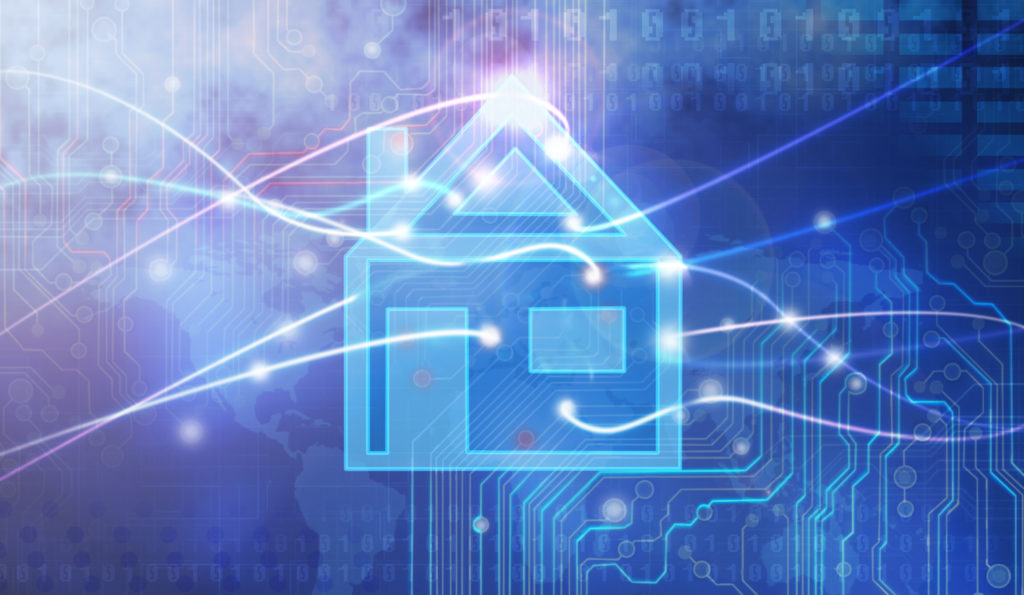We’ve all been there. Halfway to the airport and suddenly gripped by the unshakable fear that we’ve forgotten to switch off the oven or lock the windows. With a smart home, you can put your mind at rest and fix any little oversights, all from your phone as you speed toward your flight.
In a smart home, all the electronic devices are connected to one another in one controllable network, allowing inhabitants to interact with their homes like never before and offering greater comfort, convenience, personalisation, energy savings and opportunities for fun!
Want your coffee maker to crank up downstairs as soon as you throw back your sheets? A smart home will let you arrange that. Want to start the bread maker churning and the pool heating as you leave the office? You can do that too. Want your home to learn your habits and help cut your energy consumption, or to notify you if it senses anything untoward like an intruder? No problem at all.
The basis for all these technological advances is the ‘Internet of Things’ – the exponentially expanding web of devices that are connected to the Internet, allowing them to talk to each other and to you, transforming the way we live.
Automated home electronics have been on the scene for decades, but only recently have they been able to begin talking to one another and functioning in concert. That’s largely thanks to the advent of efficient low-cost wireless protocols – think Wi-Fi, Bluetooth, mobile phone networks – in the early-2000s, which use radio waves to transmit messages wirelessly.
ZigBee and Z-Wave are similar protocols that can be thought of as low-power versions of Wi-Fi. They are ideal for use inside the smart home because they’re optimised for transmitting small amounts of data – like messages to and from smart devices – through walls and furniture, over the range of a typical household.
Smart devices are connected via these wireless networks to a central hub where they can be controlled with a tablet or smartphone. They can also be programmed to carry out any action based on the logic command ‘If This Then That’, or IFTTT (rhymes with lift). IFTTT lets you dictate what action a device should take for a given stimulus.
For example, announcing to your TV, “It’s movie time”, might lower the shades, dim the lights, activate your surround sound system and fire up the popcorn maker. Now that’s smart.



Post a Comment